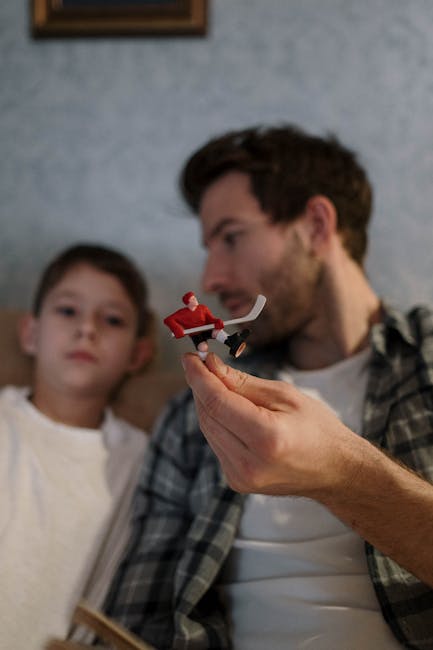How to Teach Kids About Responsibility Through Toy Care
Teaching responsibility to children is a significant step in their development, and what better way to start than with something they love â their toys! This engaging and practical approach not only instills responsibility but also fosters creativity, respect, and care in kids. Let’s dive into how toy care can be an excellent tool for teaching responsibility. ð²ð§¸
Table of Contents
1. Introduction
2. Why Toy Care Matters
3. Steps to Teach Responsibility Through Toy Care
4. Making Toy Care Fun and Engaging
5. Encouraging Consistency and Routine
6. Leading by Example
7. Conclusion
8. FAQs
Why Toy Care Matters
Toys are more than just playthings; they are tools that help children explore the world around them. By teaching kids to care for their toys, we impart lessons about responsibility that extend beyond their playtime. Toy care teaches children to value their possessions, maintain organization, and develop a sense of accountability. ð
Steps to Teach Responsibility Through Toy Care
1. Start with Simple Tasks
Begin by assigning simple tasks related to toy care. For instance, ask your kids to sort their toys into categories such as stuffed animals, building blocks, and action figures. This helps them learn organizational skills while taking the first steps toward responsibility.
2. Establish a Cleaning Routine
Introduce a regular cleaning routine. Explain that keeping toys clean helps them last longer and prevents the spread of germs. You can make toy cleaning a fun activity by playing upbeat music or setting a timer to make it a race against time. ð§¹ð
3. Create a Toy Care Checklist
Develop a checklist of toy care tasks. This could include wiping down toys, checking for broken parts, or organizing them back into their designated spaces. A checklist gives children a clear understanding of their responsibilities and a sense of accomplishment when they check off completed tasks.
Making Toy Care Fun and Engaging
1. Turn it into a Game
Transform toy care into a game to keep it interesting. For example, you can create a “Toy Hospital” where your child plays the doctor, fixing broken toys and giving them a “check-up.” This imaginative play makes the task enjoyable and educational. ð¥ð§¸
2. Reward System
Introduce a reward system for consistent toy care. Rewards can be simple, like extra playtime, a sticker chart, or choosing a movie for family night. This positive reinforcement encourages responsibility by associating it with positive outcomes.
Encouraging Consistency and Routine
Consistency is key when teaching responsibility. Ensure that toy care becomes a part of your child’s daily or weekly routine. This regularity helps build habits and reinforces the importance of taking care of their belongings.
Leading by Example
Children learn a lot by observing adults. Show them how you care for your belongings, whether it’s maintaining your car or organizing your workspace. When they see you taking responsibility seriously, they’re more likely to follow suit.
Conclusion
Teaching kids about responsibility through toy care is a simple yet effective method that benefits both the child and their environment. It fosters a sense of accountability, encourages organizational skills, and promotes respect for belongings. By making toy care a fun, regular activity, children learn valuable life skills that will serve them well into adulthood. ð
FAQs
1. At what age should I start teaching my child about toy care?
It’s never too early to start! Even toddlers can begin learning simple tasks like putting toys back in their bins. As they grow, you can introduce more complex responsibilities.
2. How often should toy cleaning be done?
Ideally, toys should be cleaned weekly to prevent germ build-up, especially for toys that are frequently used. However, the frequency can be adjusted based on your family’s needs and routines.
3. What if my child is resistant to toy care?
If resistance occurs, try to understand the root cause. Is the task too overwhelming? Would a reward system help? Adjust your approach by making it more fun or breaking down tasks into smaller, manageable parts.
